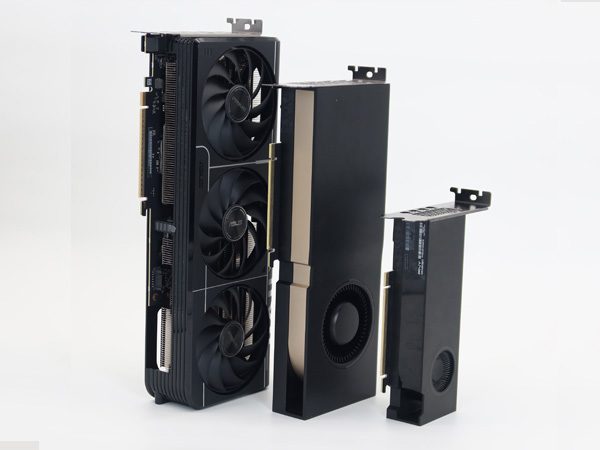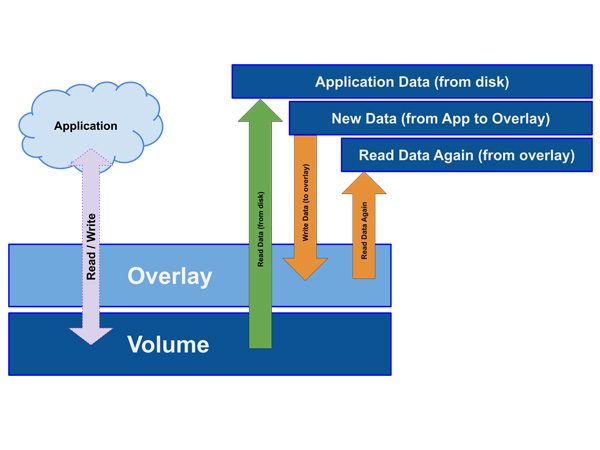Category : News by T-Pole, Nvidia | TPole & Vision | 20 August 2025
Many projects we work on require high computing power, such as in cases of:
- Real-time image analysis for vision systems
- Management of complex data streams
- Manipulation of large masses of data per unit of time (high bandwidth)
The choice of the processing system represents a fundamental technological crossroads.
The decision to rely on a traditional CPU or to delegate the load to one or more specialized GPUs determines not only performance but also the sustainability and scalability of the entire architecture. Let’s analyse the key factors to make the right choice.
The role of the GPU in computation acceleration
When artificial vision software needs to perform intensive tasks like vector calculus or the implementation of neural networks, the CPU can become a bottleneck. This is where GPUs (Graphics Processing Unit) come into play. Designed to perform large-scale parallel computations, they are ideal for offloading these operations, freeing up the CPU for other tasks and ensuring significantly higher performance.
It’s no coincidence that many of the most advanced applications in this field are developed using NVIDIA technology, with its CUDA ecosystem, or by leveraging Intel’s OpenVino environment, which is optimized for high-performance inference across various hardware platforms, including integrated and dedicated GPUs.
Fundamental criteria for hardware selection
While power is a factor, logistics and sustainability are just as crucial. Choosing a GPU, especially a consumer-grade one, introduces a critical variable: long-term availability. A model that is easily available today might not be in one or two years, creating problems for production continuity, maintenance, or the expansion of systems deployed in the field.
Therefore, hardware selection must be based on a holistic analysis that considers:
- Power consumption: A powerful GPU requires an adequate and stable power supply.
- Operating temperatures: The hardware must operate reliably within the temperature ranges expected for the installation environment. Heat dissipation is a primary design consideration.
- Physical dimensions: Space inside an electrical panel or an industrial case is often limited. The dimensions of the card and its cooling system are a critical constraint.
- Long-term availability: Prioritizing hardware solutions with a guaranteed life cycle is essential for the project’s continuity and maintainability.
Scalability and performance: the strategic advantage
Adopting a GPU-based configuration offers a clear and flexible path to scalability. Performance can be increased simply by installing a more powerful GPU model or, where the architecture allows, by increasing the number of GPUs working in parallel.
However, every upgrade must be carefully evaluated considering the constraints already mentioned. More power almost always means more heat to dissipate, higher consumption, and potentially a larger footprint. The winning choice, as always, lies not in the most powerful component in absolute terms, but in the one that offers the best balance between performance, long-term reliability, and logistical requirements for the specific application scenario.
Conclusion
With many years of experience and several thousands of units produced and sold to dozens of our clients, we at TPole can offer a powerful and reliable product, sized to the real needs of our customers.



